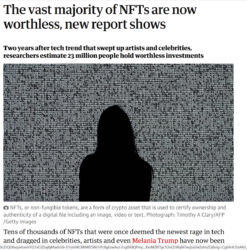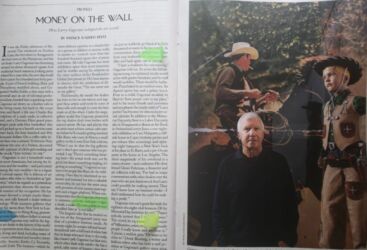In Episode 362, artist, curator and recent PhD (from U.C. Santa Barbara) Maiza Hixson co-hosts this episode’s OLD NEWS, featuring updates on:
Protests, including the case of #metoo being spray-painted onto Gustave Courbet’s painting ‘Origin de monde,’ and how the article had a correction stating that the image was of a vulva, rather than a vagina; the sentencing of a woman who was involved in the vandalism of a Degas sculpture in Washington, D.C.; the vandalism on the façade of the home of Brooklyn Museum director Ann Pasternak, and how these protesters are attempting to draw attention to the various corporate ties in the art world; protests and letters relating to the war in Gaza, and the very powerful people who are influencing university protests and various politics through corporate channels; the Kehinde Wiley controversy related to accusations of sexual assault made against him; the work of the Yes Men, and how it’s not about disruption, it is disruption, as exemplified in a recent intervention at a fundraising event involving a new housing development; how Maurizio Cattelan’s recent bullet-hole sculptures represent the insular culture of the art world; how Leonardo da Vinci was in the vanguard of eating, in that he was one of our early vegetarians; and whether we can qualify artists as being progressives, including taking a closer look at their carbon footprints; and the wide-ranging art and fandom of Miranda July.
To listen to BONUS OLD NEWS content, please become a Patreon supporter of the podcast here: https://www.patreon.com/theconversationpod




















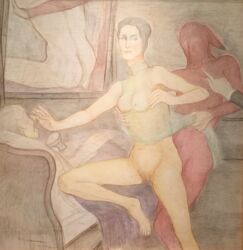
























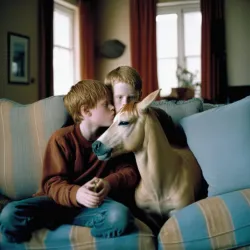





![Illustration credit: Kristine Ellingsen. "The Art Thief's [or Breitwieser's] Treasure Trove."](https://theconversationpod.com/wp-content/uploads/cache/2023/10/illustration-of-the-attic-with-stolen-art/1779355891.jpg)


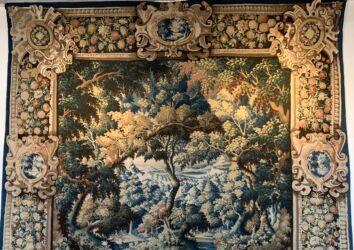


![Illustration credit: Kristine Ellingsen.
"The Art Thief's [or Breitwieser's] Crimes."](https://theconversationpod.com/wp-content/uploads/cache/2023/10/map-with-locations-of-Breitwiesers-thefts/2779745049.jpg)



